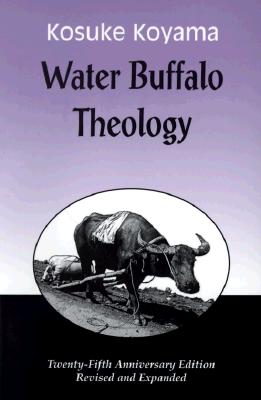
In April/May 2010, I charged a few of our Imago Dei Youth Ministry Leaders (students and adults) to begin to discern a call and vision together about the nature and implementation of missional experiences and ministry partnerships.
I was not disappointed. We developed a Missional Experience Visioning Team and explored the biblical theme of mission, i.e.
missio Dei, missional church paradigms, the pros and cons of our previous summer missional experiences, and even how our denomination (PCUSA) is already engaged in similar conversations and activities domestically and internationally (
see PCUSA World Mission). We prayed. We read. We researched. We discussed. Mostly, we waited for an invitation from an already established ministry and Christian community in an international context. The result is this year's pilgrimage to Tegucigalpa, Honduras in partnership with PCUSA World Mission and the local Christian communities and youth situated in this Central American city.
I have been encouraged by the 15 youth and 4 adults (to include myself) who have participated in faithful dialogue about the missional church and the significance of ministry partnerships. Students especially have recognized the need to serve
alongside instead of
to and for those in diverse contexts, to travel as listeners and learners versus imperialistic Christians who assume to possess all the answers, and to recognize that God speaks in and through cultural contexts beyond our own. Even more, the conversations over the past 15 months have reminded us that the church is to be in partnership
with the poor, the marginalized, and those in developing nations. One of the books that has formed us along the way and given a helpful framework has been
When Helping Hurts by Steve Corbett and Brian Fikkert. They suggest that unlike typical paternalistic structures that are implemented by well-intending Christian churches, especially youth ministries [1], short-term missions and long term partnerships must function through
asset-based community development:
"ABCD is consistent with the perspective that God has blessed every individual and community with a host of gifts, including such diverse things as land, social networks, knowledge, animals, savings, intelligence, schools, creativity, production equipment, etc. ABCD puts the emphasis on what the materially poor people already have and asks them to consider from the outset, 'What is right with you? What gifts has God given you that you can use to improve your life and that of your neighbors? How can the individuals and organizations in your community work together to improve your community?' Instead of looking outside the low-income individual or community for resources and solutions, ABCD starts by asking the materially poor how they can be stewards of their own gifts and resources, seeking to restore individuals and communities to being what God has created them to be from the very start of the relationship" (127).
This is not to suggest that socio-political and economic sytems and institutions are void of influence on poverty alleviation [2] strategies, or even the reality of poverty coming to be in the first place. On the contrary, missional partnerships and prophetic Christian witness
must engage these empirical variables in the efforts to work towards holistic reconciliation. However, ABCD recognizes and empowers the poor and oppressed as significant players, even primary contributors, in the quest for liberation and justice. Unless we begin with
their gifts, talents, resources, and ideas, our ministries and short-term experiences will be temporary relief at best, another manifestation of crippling paternalism at worst.

We have spent much of our time as a team in reflection and conversation,
students asked to do more than go but also to prepare their hearts, souls, and
minds. However, we have also come to the conclusion that to be
the church in partnership with diverse Christian communities, especially in contexts of poverty, we must move beyond theory and projects and into real and lasting relationships with those in said communities. In other words,
it is more than what we do, rather about who we meet. Missional experiences are opportunities to swap stories, share in fellowship, and live in community with fellow pilgrims of the Way of Jesus. This is precisely what we as a a youth ministry are about to do. I even hear that our first weekend will be spent over several picnics at local fresh-fish markets with Honduran youth from various Tegus churches.
I look forward to the days ahead. We ask that you would pray for us as we travel. May God give us the eyes to see and the ears to hear the signs and symbols of the resurrection that are already taking place in Tegucigalpa, especially through the youth who live there. And may we be forever transformed not so much but what we do while in Tegus, but more so by who we meet.
Stay tuned for more posts in country...
Notes[1] Corbett and Fikkert define paternalism as doing things for people that they can do themselves (115).
[2] Poverty Alleviation is also defined in
When Helping Hurts, as "the ministry of reconciliation: moving people closer to glorifying God by living in right relationship with God, with self, with others, and with the rest of creation" (79).
Other Helpful ResourcesPresbyterians Do Mission in PartnershipYouth Ministry as an Exercise in Liberation TheologyService Blitzes, Missional Pilgrims, and Jim ForestServing with Eyes Wide Open: Doing Short-Term Missions with Cultural Intelligence by David Livermore- Posted using BlogPress from my iPad
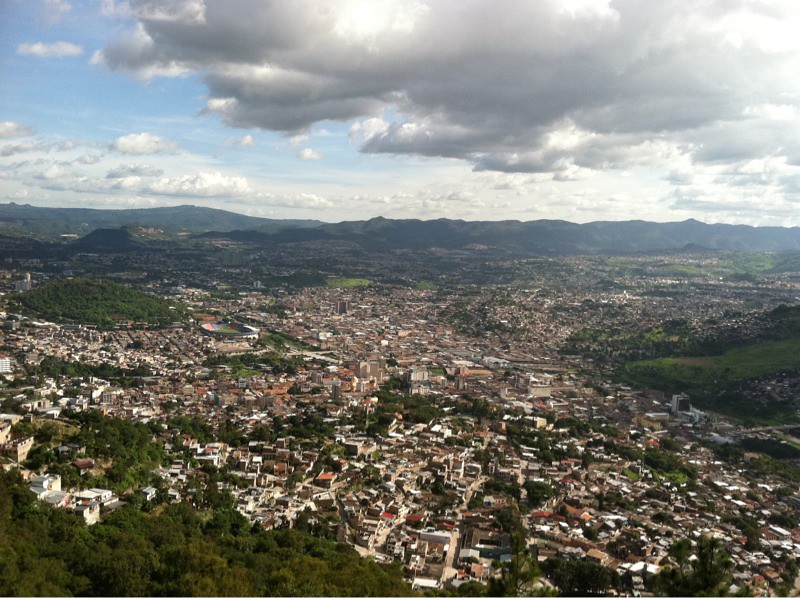
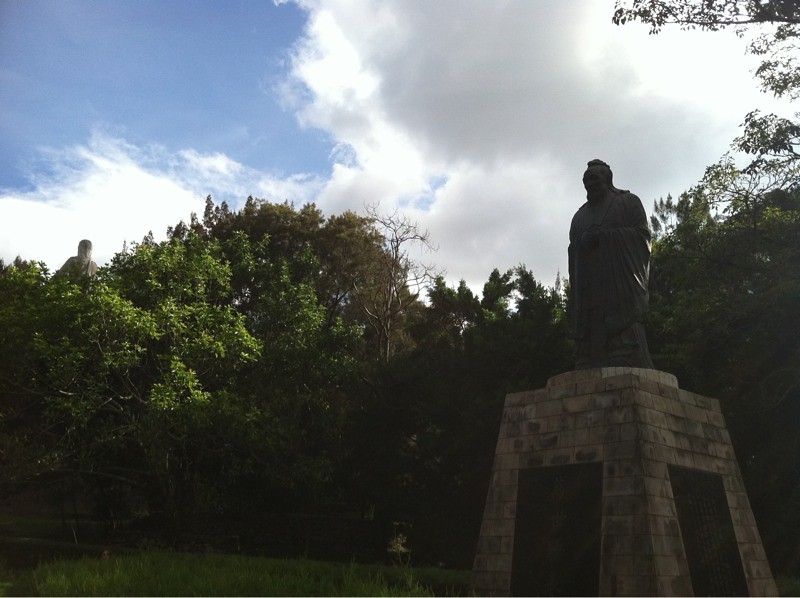
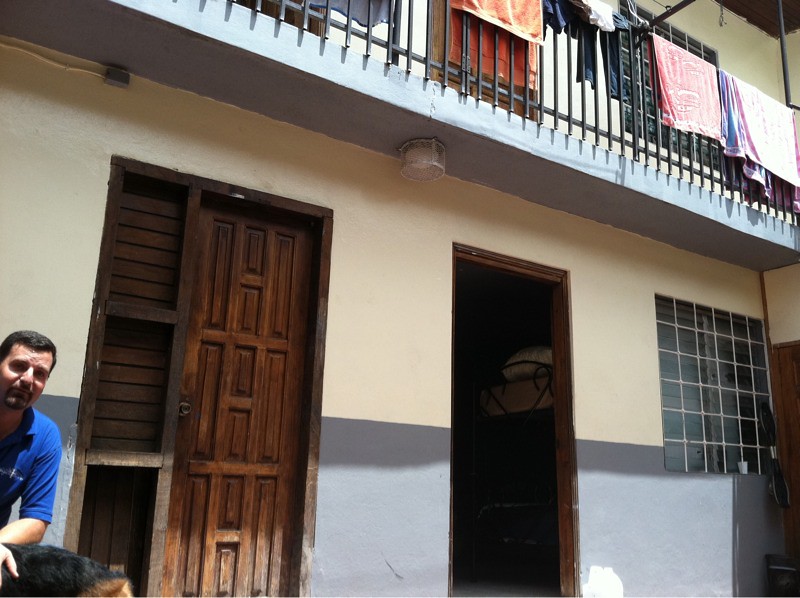
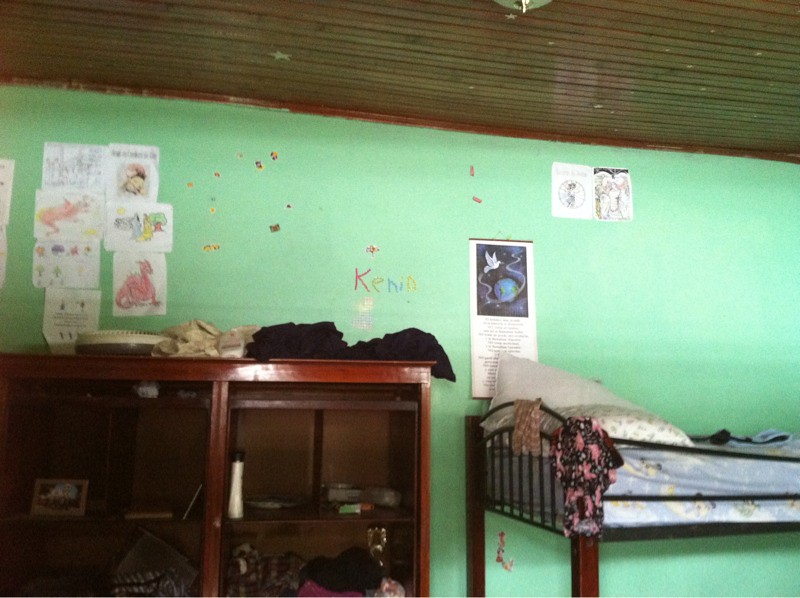

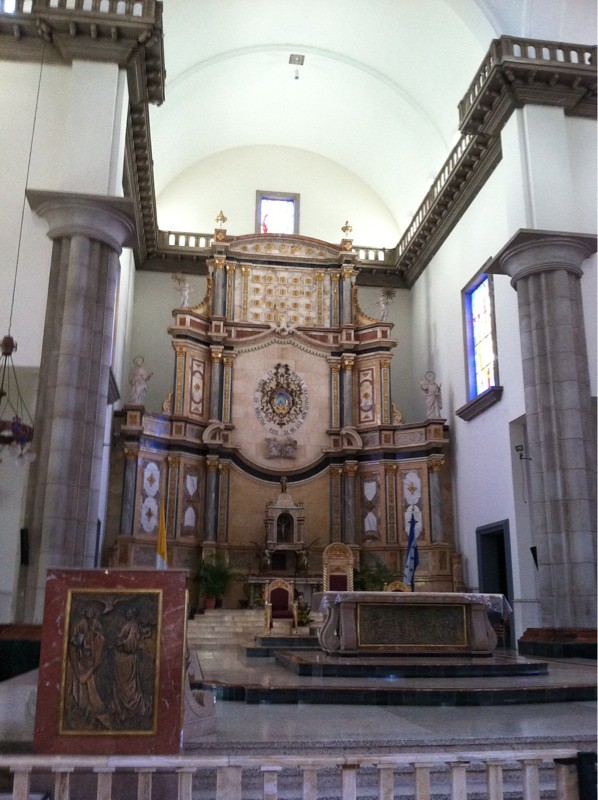

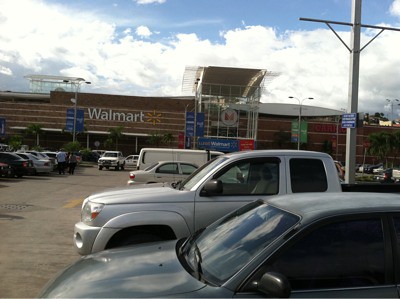
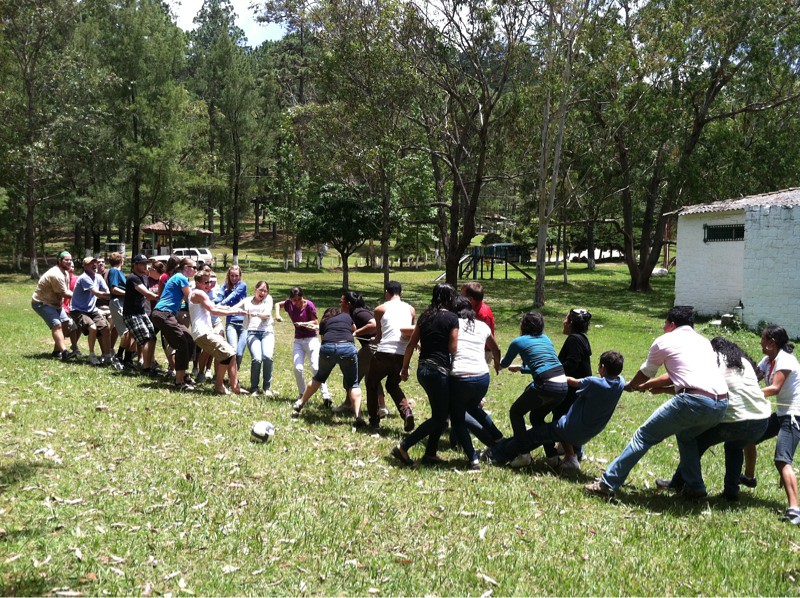



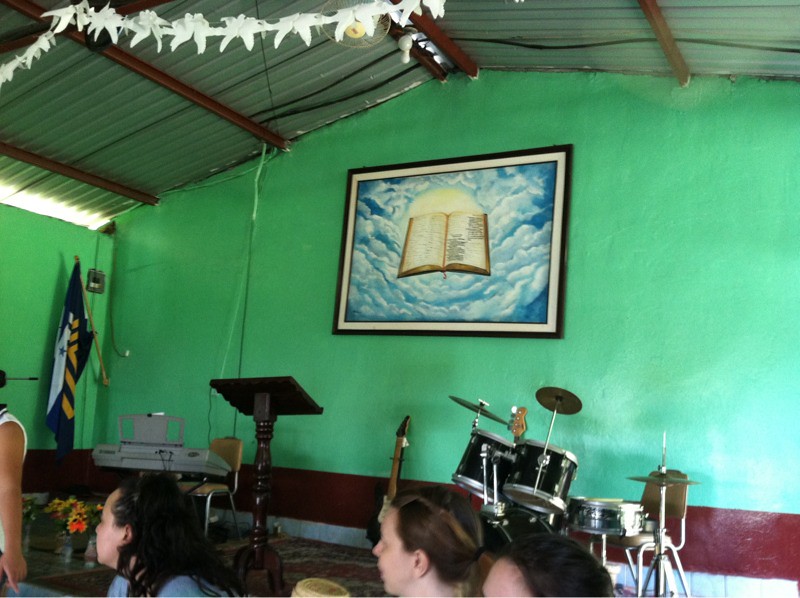
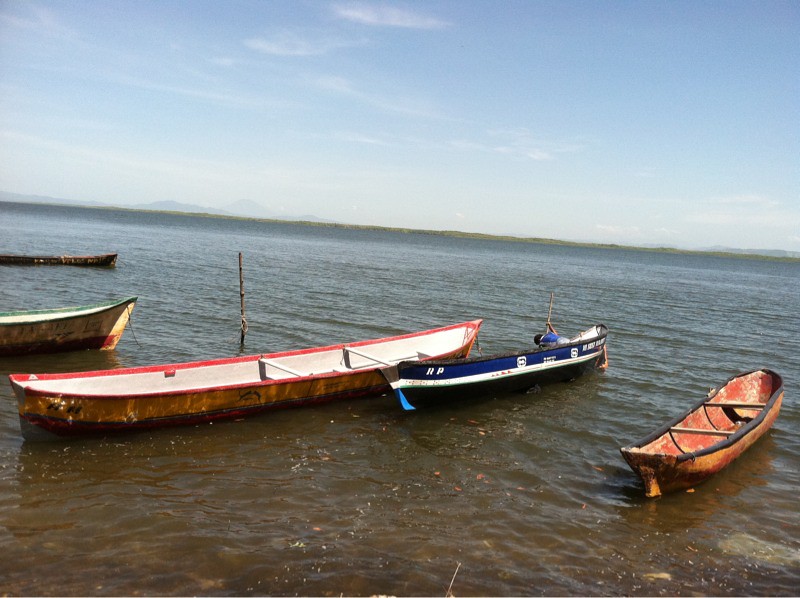

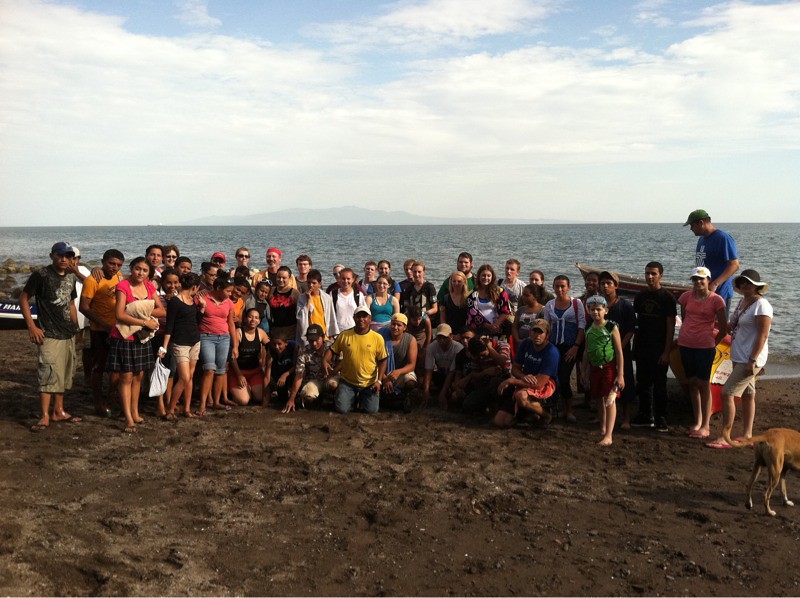

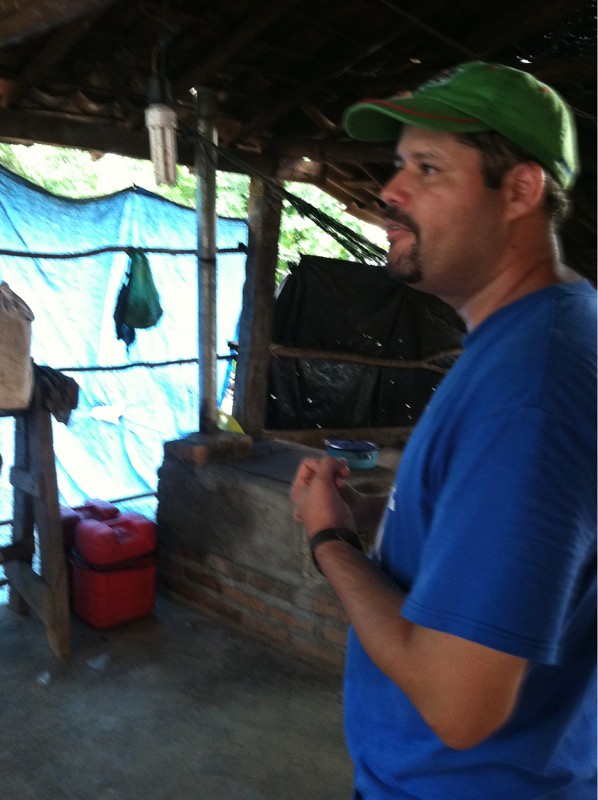
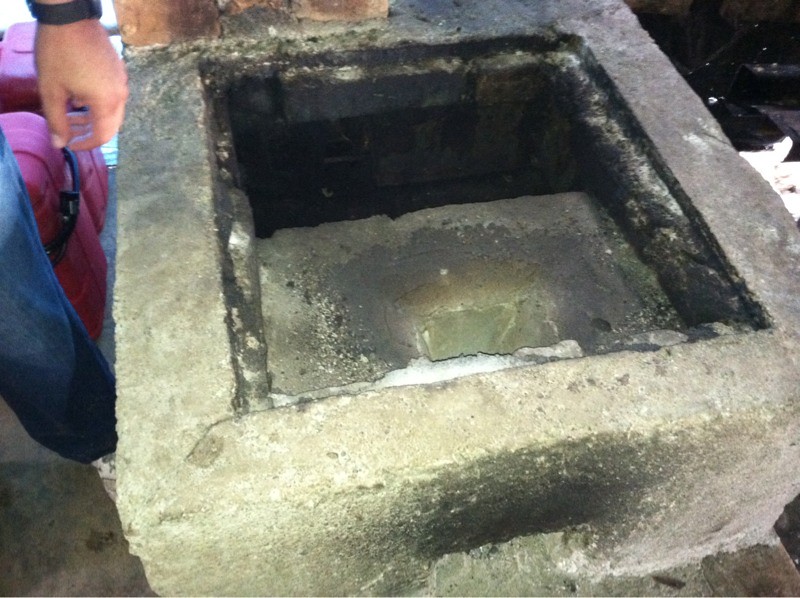

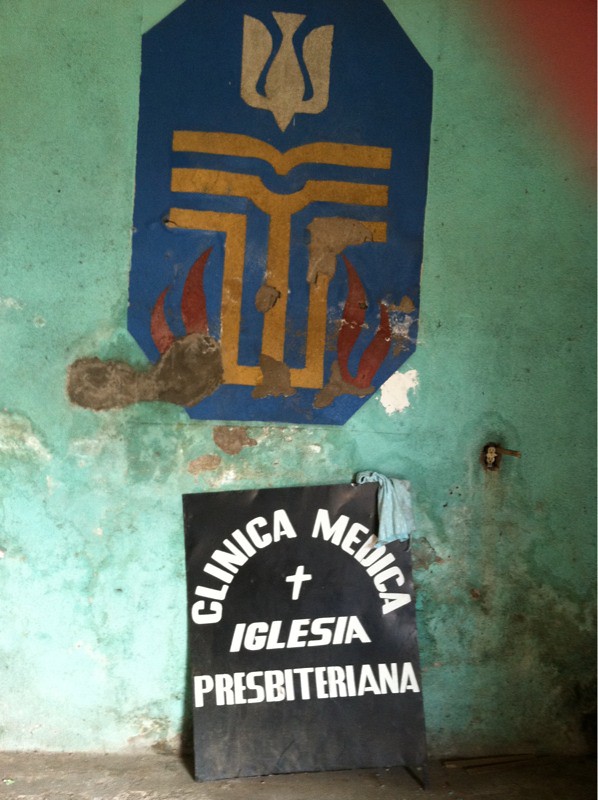

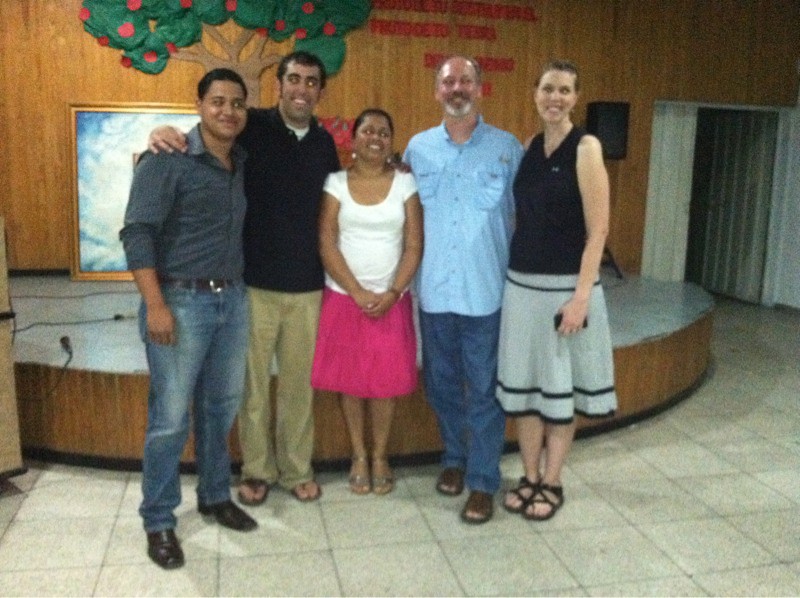
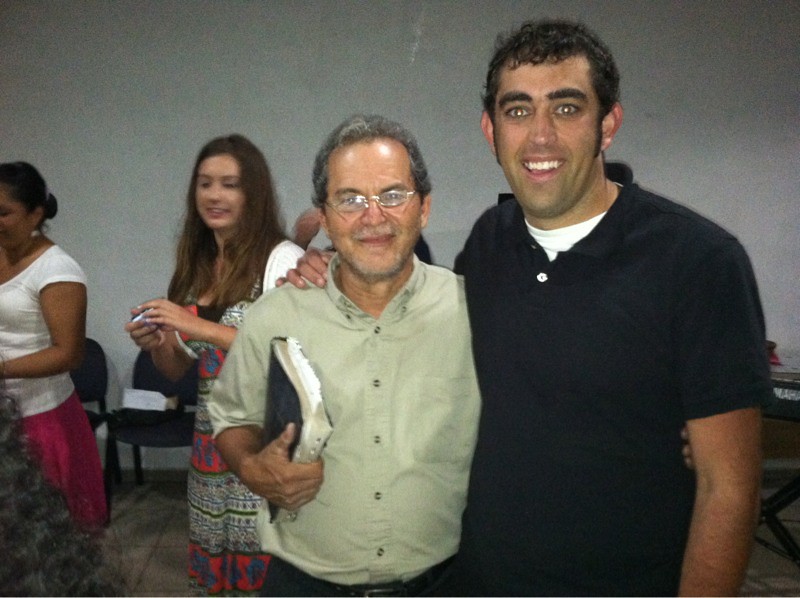
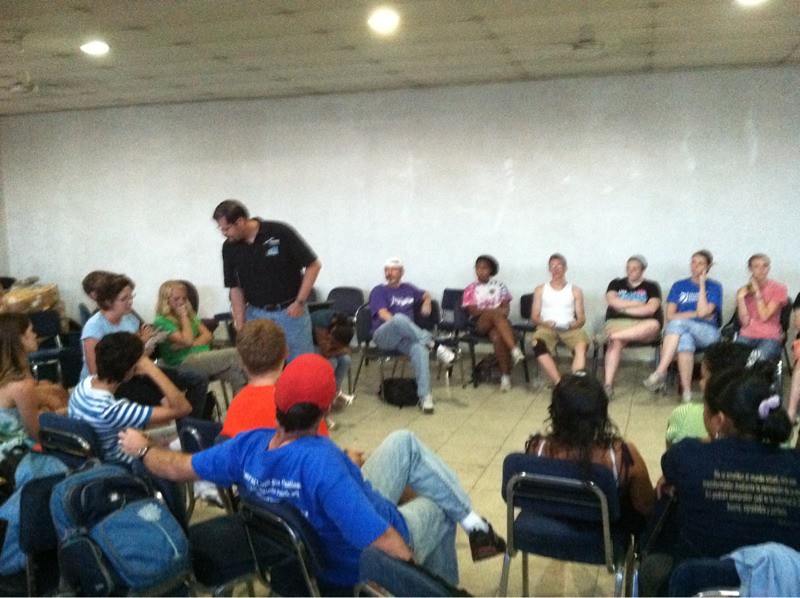
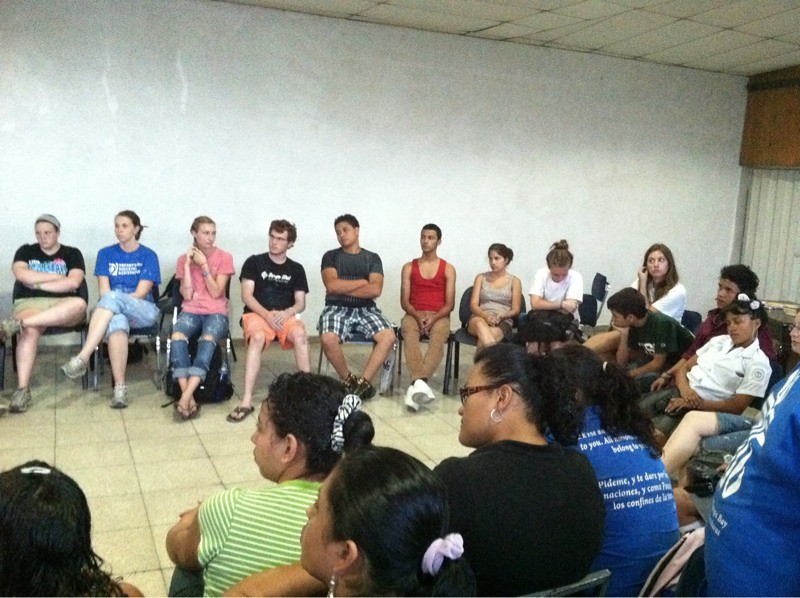
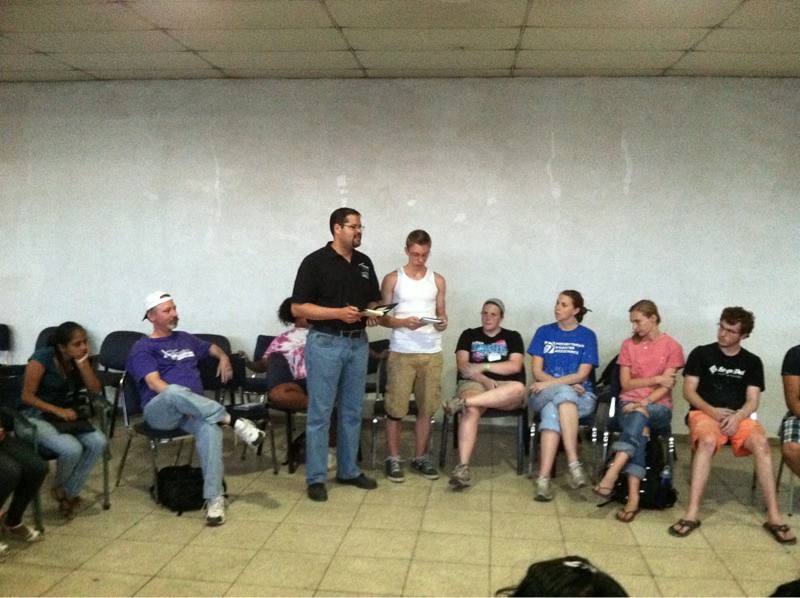
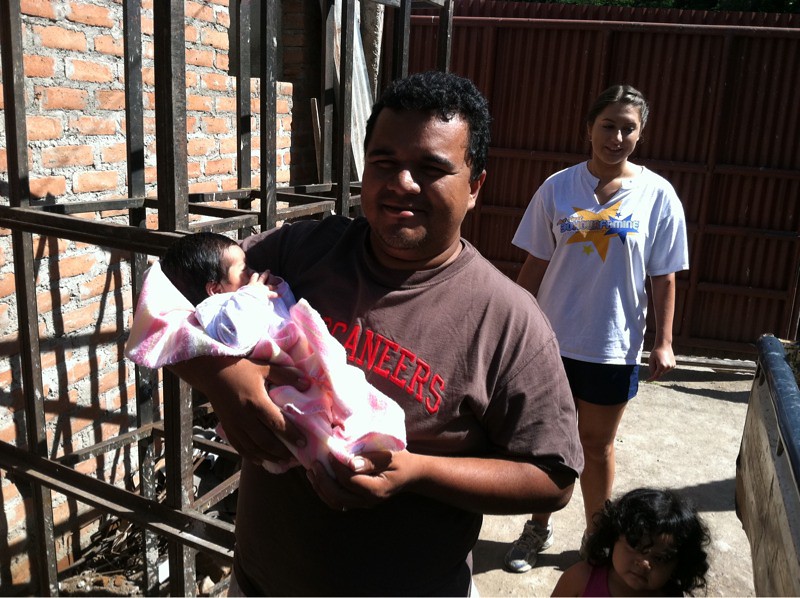
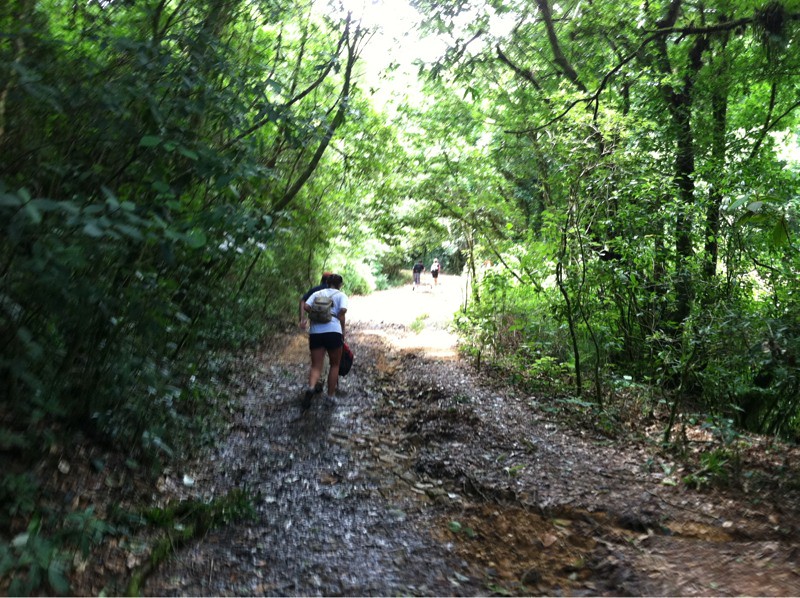

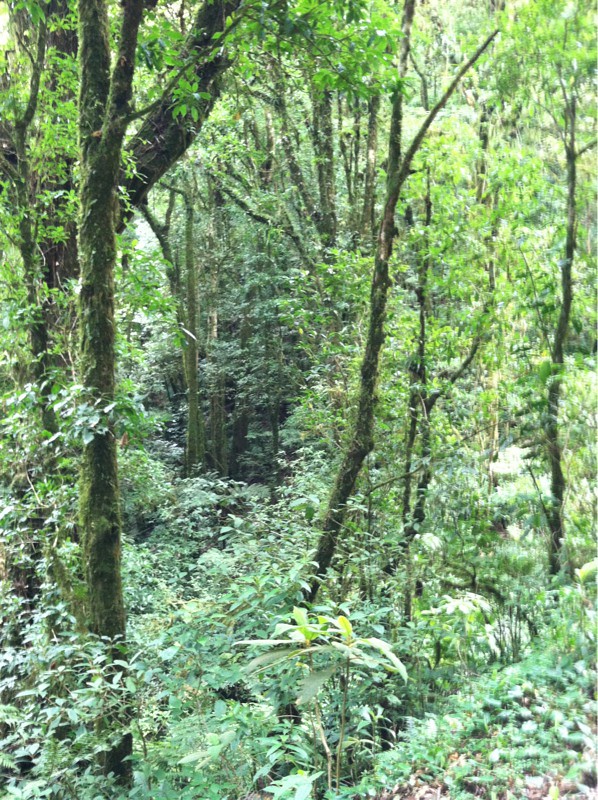
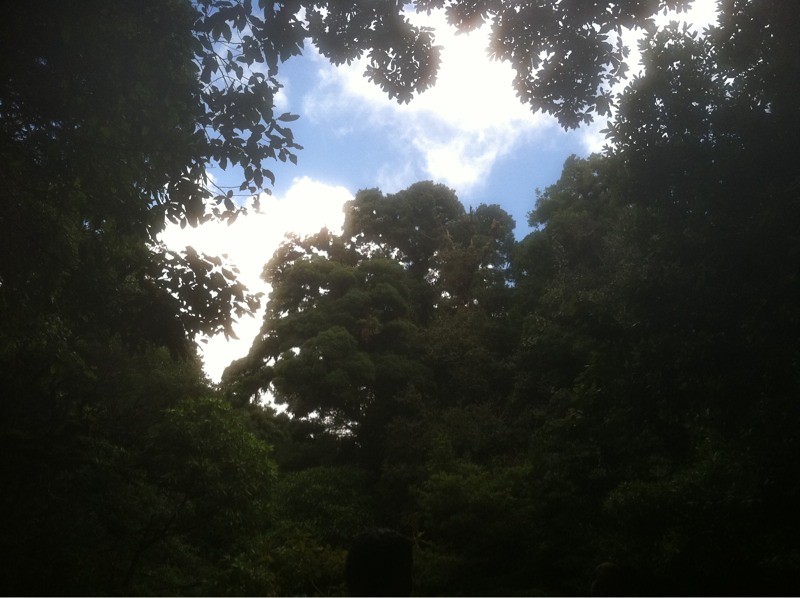
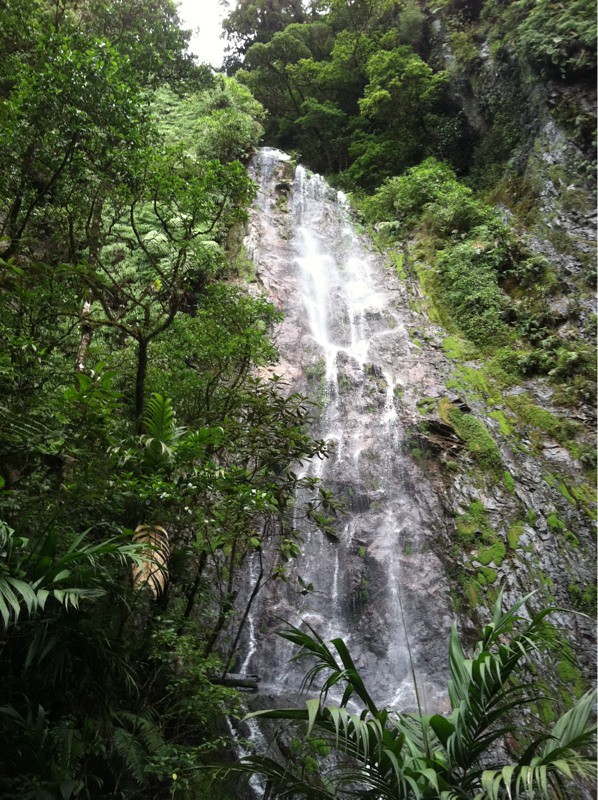
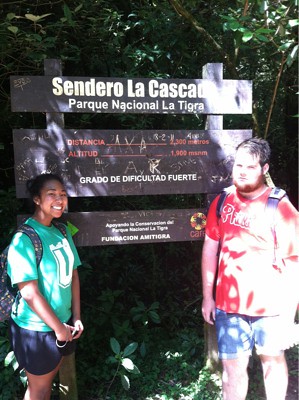



 We have spent much of our time as a team in reflection and conversation,
We have spent much of our time as a team in reflection and conversation, 